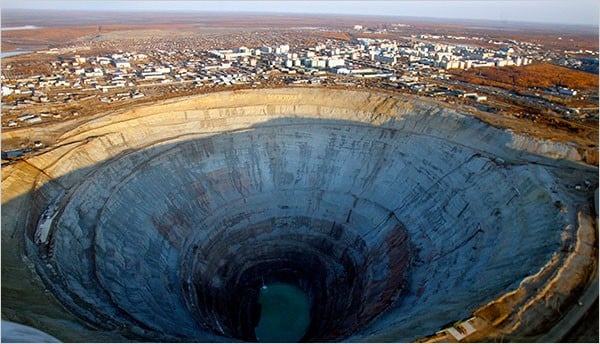 |
| A diamond mine in the town of Mirny, Siberia, Russia. (Source: AP) |
Thus, more than 18 months after the conflict in Ukraine, the G7 countries (France, the US, the UK, Germany, Japan, Italy and Canada) and the European Union (EU) finally agreed to embargo Russian diamonds - considered the "Loch Ness monster" of the West's sanctions policy against Russia.
“Loch Ness Monster”?
A Belgian government source said the latest sanctions would be officially announced in two to three weeks, which would see Russian gems larger than 1 carat, whether raw or polished, banned from entering the G7 and EU markets from January 1, 2024.
Belgium initiated this latest sanctions together with the European Commission (EC) and the United States - the world's number 1 diamond market. It is expected that today (September 19, local time), Belgian Prime Minister Alexander De Croo will announce this information on the sidelines of the United Nations General Assembly in New York.
However, Belgian officials are still concerned about the "fate" of Antwerp - the diamond center of the world. A "direct" embargo, according to Belgian officials, would "kill" the city but would not stop Russian diamonds from flowing to Dubai, Tel Aviv or Mumbai, other famous diamond centers. The Belgian Prime Minister himself has also affirmed his view - there should be no sanctions on Russian gems. Because more than 80% of rough diamonds are sold through the diamond capital of Antwerp.
The secretive trade in Russian diamonds, worth hundreds of millions of dollars a month, is ripping apart a global trade that stretches from the cutting workshops of Mumbai to the luxury stores on New York's Fifth Avenue.
Since Russia’s Alrosa Mining Group (which mined nearly a third of the world’s diamonds in 2021) was placed on the US sanctions list, the allure of Russian diamonds has been enough to convince some Indian and Belgian buyers to buy in large quantities, even though some in the industry have opted out. Such deals are still happening quietly in the notoriously secretive diamond world.
In addition, Western traders have not been overly concerned about the origin of their goods in the past, as the risks of buying Russian gems remain quite vague. Gems from Russian sources, once they enter the supply chain, are almost impossible to trace. Diamonds are often sold in packages of similar size and quality, divided into about 15,000 different types. They will be bought and sold again and mixed with other types many times before being mounted in rings or pendants.
Russia is currently the world's largest exporter of diamonds by volume, followed by African countries. For Russia, diamonds make up only a small part of the Russian economy, but this Russian luxury item occupies a very high position in the world gem industry. For example, the diamond trade is the livelihood of many cutters, creating about 1 million jobs in India alone.
In 2021, Russia’s diamond trade was worth just under $5 billion, a small fraction of the country’s total exports, dwarfed by oil and gas. Before the Russia-Ukraine conflict erupted, Russia’s total exports were $489.8 billion, with oil and gas accounting for $240.7 billion.
Kill two birds with one stone?
Currently, the G7 countries and the EU have agreed on two points, it is necessary to attack Russia's financial resources more strongly, but avoid heavy losses to the world diamond industry, such as the "diamond capital of Antwerp" and it is necessary to introduce an effective traceability system to prevent this embargo from being "circumvented".
The second issue will take longer. After months of discussion, a gemstone traceability process is about to be approved – it will incorporate blockchain techniques, nanotechnology, as well as the creation of a data platform accessible to different governments.
The added cost of traceability is calculated to be only “15 to 20 euros” more per diamond, while some stones sell for tens of thousands of euros. “We will use 21st century technology to solve a 21st century problem. We will trace 90% of the stones. We cannot prevent an individual from buying a Russian diamond in China, but they will know that their gem will not be worth much when resold,” said a Belgian official.
Eventually, this new platform could be used to track other commodities, such as gold, or even make some financial transactions more transparent.
The aim of the new sanctions against Russia remains to deplete the coffers of the world’s leading diamond producer. But there are some not-so-simple questions about the belated sanctions. Before a decision is made, Western countries are still quite divided on a range of related issues.
Sanctions are easily circumvented. Diamonds – once processed in Dubai or polished in India – have no difficulty entering other markets. Even as their numbers have plummeted, Russian gems are still found in Europe, particularly in Antwerp, where nearly 85% of the world’s rough diamonds are “transited”.
The only country that has really tightened regulations on Russia is the US, which has imposed an embargo on Russian rough diamonds.
What about the "diamond capital" Antwerp? Before the conflict in Ukraine, Russian diamonds accounted for more than a third of the gems cut in Antwerp. The Belgian city fears that 10,000 jobs in the sector will be lost if sanctions on Russian diamonds are implemented. Before that, many jobs in Antwerp had already gone to other diamond centers such as Dubai...
However, Belgian officials hope that Antwerp will limit the damage and stabilize the number of jobs in the sector. And Brussels will focus more than ever on diamond transparency, hoping that the sanctions against Russia will gradually bring results at the international level.
In addition, Belgian officials aim to completely reverse the logic of the market. For decades, as the main supplier, Russia has been the one to set the market rules. But under the new system, the EU wants buying countries to have a greater role. So, together with the US (which sells 55% of the world's rough polished diamonds), if European countries, Canada and Japan are brought into the picture, nearly 75% of the global gem market will soon be closed to Russian diamonds.
Belgian officials predict that in the next few years there will be two markets, a “premium” market without Russian diamonds and a secondary market – notably in China – where Siberian diamonds will be sold “at low prices”. But this second market will gradually shrink and eventually the revenue from Russian diamonds will “melt like snow in the sun”.
Thus, one arrow will kill two birds with one stone, the Russians will no longer have money to invest in exploring new mines and their production will plummet and Moscow's treasury will officially lose billions of dollars. Meanwhile, other countries, such as India, the world's largest diamond processing market, will have to make a choice, if it respects the traceability regulations, India will enter the "lucrative" market of G7 and Europe, otherwise it will be eliminated. At that time, there will also be no more "mixed" origin of precious stones - the sanctions from the West have achieved their purpose.
Russia,Russian economy,Russia-West,Russia-EU,Russia-Ukraine,Russian economy 2023,sanctions,Russian sanctions,business in Russia,Russia-Europe,Russia-US
Source



![[Photo] Binh Trieu 1 Bridge has been completed, raised by 1.1m, and will open to traffic at the end of November.](https://vphoto.vietnam.vn/thumb/1200x675/vietnam/resource/IMAGE/2025/10/2/a6549e2a3b5848a1ba76a1ded6141fae)




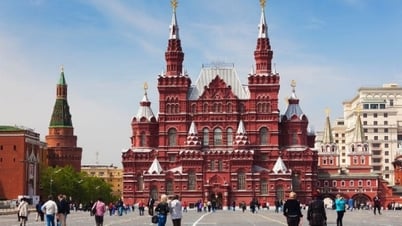
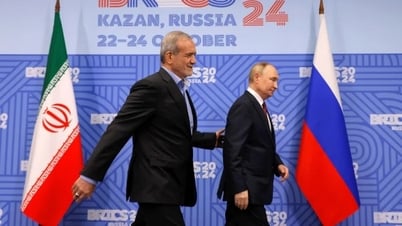

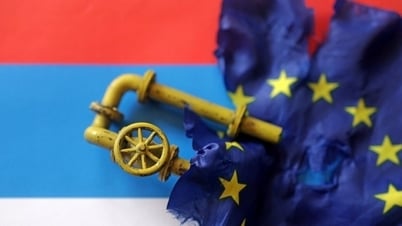






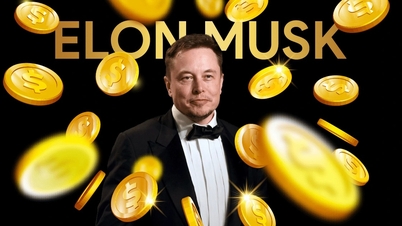








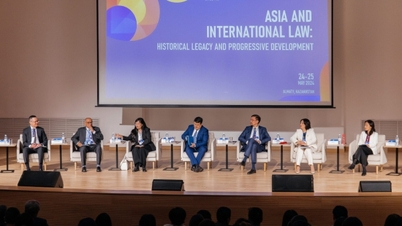

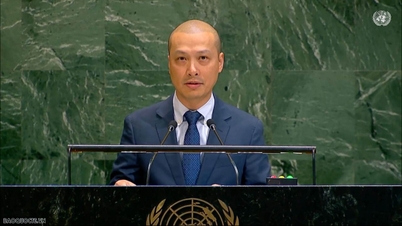
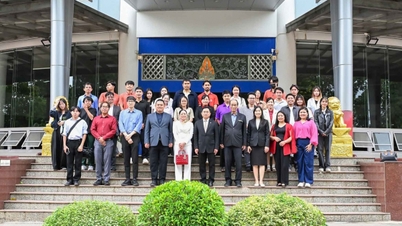






































































Comment (0)